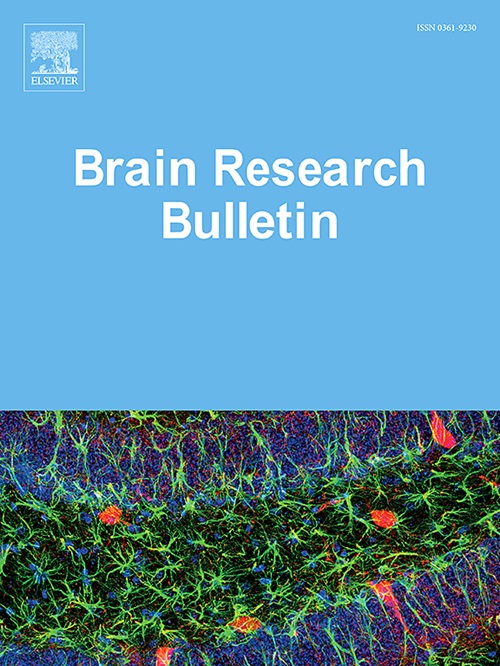Biological age prediction in schizophrenia using brain MRI, gut microbiome and blood data
IF 3.5
3区 医学
Q2 NEUROSCIENCES
引用次数: 0
Abstract
The study of biological age prediction using various biological data has been widely explored. However, single biological data may offer limited insights into the pathological process of aging and diseases. Here we evaluated the performance of machine learning models for biological age prediction by using the integrated features from multi-biological data of 140 healthy controls and 43 patients with schizophrenia, including brain MRI, gut microbiome, and blood data. Our results revealed that the models using multi-biological data achieved higher predictive accuracy than those using only brain MRI. Feature interpretability analysis of the optimal model elucidated that the substantial contributions of the frontal lobe, the temporal lobe and the fornix were effective for biological age prediction. Notably, patients with schizophrenia exhibited a pronounced increase in the predicted biological age gap (BAG) when compared to healthy controls. Moreover, the BAG in the SZ group was negatively and positively correlated with the MCCB and PANSS scores, respectively. These findings underscore the potential of BAG as a valuable biomarker for assessing cognitive decline and symptom severity of neuropsychiatric disorders.
利用脑MRI、肠道微生物组和血液数据预测精神分裂症患者的生物学年龄
利用各种生物数据进行生物年龄预测的研究已经得到了广泛的探索。然而,单一的生物学数据可能对衰老和疾病的病理过程提供有限的见解。在这里,我们利用140名健康对照者和43名精神分裂症患者的多生物数据(包括脑MRI、肠道微生物组和血液数据)的综合特征,评估了机器学习模型在生物年龄预测方面的性能。我们的研究结果表明,使用多生物数据的模型比仅使用脑MRI的模型具有更高的预测准确性。最优模型的特征可解释性分析表明,额叶、颞叶和穹窿在生物年龄预测中发挥了重要作用。值得注意的是,与健康对照组相比,精神分裂症患者的预测生物年龄差距(BAG)明显增加。此外,SZ组的BAG与MCCB和PANSS评分分别呈负相关和正相关。这些发现强调了BAG作为评估神经精神疾病认知能力下降和症状严重程度的有价值的生物标志物的潜力。
本文章由计算机程序翻译,如有差异,请以英文原文为准。
求助全文
约1分钟内获得全文
求助全文
来源期刊

Brain Research Bulletin
医学-神经科学
CiteScore
6.90
自引率
2.60%
发文量
253
审稿时长
67 days
期刊介绍:
The Brain Research Bulletin (BRB) aims to publish novel work that advances our knowledge of molecular and cellular mechanisms that underlie neural network properties associated with behavior, cognition and other brain functions during neurodevelopment and in the adult. Although clinical research is out of the Journal''s scope, the BRB also aims to publish translation research that provides insight into biological mechanisms and processes associated with neurodegeneration mechanisms, neurological diseases and neuropsychiatric disorders. The Journal is especially interested in research using novel methodologies, such as optogenetics, multielectrode array recordings and life imaging in wild-type and genetically-modified animal models, with the goal to advance our understanding of how neurons, glia and networks function in vivo.
 求助内容:
求助内容: 应助结果提醒方式:
应助结果提醒方式:


